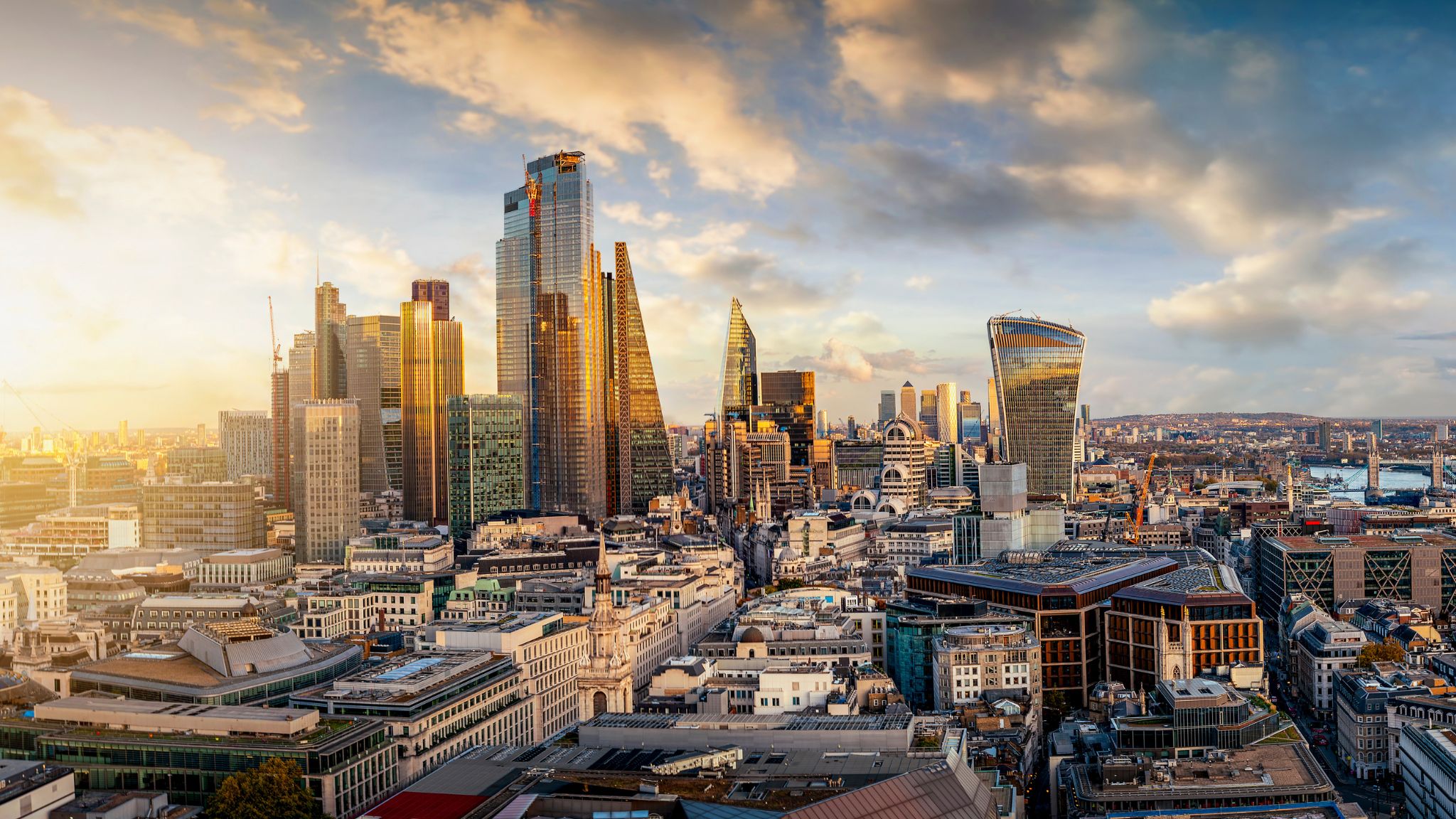New London Architecture
London landmarks: how business rates will hit the capital
Tuesday 13 December 2022

Not long after Chancellor Jeremy Hunt sat down after delivering the Autumn Statement his Treasury department quietly slipped out the long-awaited revaluation data that impacts the business rates bill for every commercial property in England and Wales from April 2023.
Many in the industry, including us at Gerald Eve, had expected to see the retail, leisure and hospitality sectors enjoy the biggest falls in rateable values – meaning lower rates bills – and warehouses and logistics sites with significant rises.
That came to pass but buried in the detail were stats and facts around some of London’s most iconic buildings, which showed a more mixed picture.
Iconic shopping destinations saw some of the biggest falls in rateable values, including Oxford Street’s John Lewis and M&S down 60.2% and 58.2% respectively.
After several years of rate rises, Selfridges saw a 44.9% fall, whilst over in Knightsbridge Harrods saw a 45% drop.
This means the iconic department stores’ rates bill will be just under £9.6 million compared to £17.4 million this year.
Mr Hunt also scrapped plans for rates to go up in line with September’s inflation figure of 10.1% and said businesses could enjoy any benefit from a downward revaluation immediately, rather than with the transition arrangements that had previously been in place.
This means that Harrods and Selfridges will see a combined fall in their bills of £15.1 million next year.
Away from retail, there were also welcome falls for some of the Capital’s most well-known hotels, including The Savoy – down 48.2%, the Ritz down 40% and The Dorchester hotel falling 55.3%.
Attractions like the London Eye and Tower of London will also be helped out by the revaluation, with falls of 26.3% and 26.7% respectively.
The falls are because the Valuation Office Agency (VOA), which calculates the new valuations for each commercial property, bases its assessments on the market in April 2021.

This was at the height of the Covid pandemic where many of London’s key tourist attractions and iconic sites were unable to fully function.
Unfortunately for many, the two-year lag between the valuation date and the actual introduction of the new bills meant a long wait before they can start paying what they truly owe.
But whilst many of London’s iconic tourist hotspots and shopping destinations will see a fall in their rates bills, the same cannot be said for sporting venues.
Wembley Stadium, the Tottenham Hotspur Stadium and Arsenal’s Emirates stadium all saw their revaluations rise by 17.1%, 43% and 47.1% respectively.
This means the total rates bill for those three combined hits £13.5 million next year, up from £10.7 million in 2022 – despite all three facing almost a year without being able to host any fans during Covid.
The rises were not constrained to football either. Wimbledon’s tennis courts assessment is up 75.7% and the Lords Cricket Ground went up 22.4%.
The Chancellor did provide some respite for those facing the bigger increases in their bills, meaning they rise by no more than 5% for smaller properties, 15% for medium and 30% for large properties with a rateable value in excess of £100,000.
For offices there was a more mixed picture, as the switch to hybrid or home working impacted rates.
Canary Wharf’s local authority, Tower Hamlets, will see the overall rates bill for its buildings fall 1.7% and in the City the Lloyds Building fell 15.6%, along with a 7% fall at the Bank of England.
But any thought of favouritism by Government will be washed out when looking at the rates bills for Whitehall landmarks.
The Treasury’s officeon Horseguard’s Parade is up 33.5%, the Houses of Parliament jumped 24.2% and the Ministry of Defence’s Whitehall headquarters rose 23.3%.
Many businesses will welcome the chance to have their rates bills properly reflecting the impact Covid had to them, but others will want the VOA and Government to do more to ensure future revaluation calculations are passed onto businesses faster than the current two-year lag allows.
Recent
News
Five minutes with... Michelle May
David Taylor speaks with Michelle May, Executive Director at LLDC, on inclusive growth, a new framework, and the thinkin...
News
Introduction to NZCBS: What it aims to do and when it comes into effect
An exploration of whether the UK Net Zero Carbon Buildings Standard is achievable, highlighting the challenges, opportun...
News
How do British people really feel about new towns?
Nancy MacDonald explores why Britons support new towns in principle but resist them locally, calling for trust, better d...
Stay in touch
Upgrade your plan
Choose the right membership for your business
Billing type:
Small Business Membership
£90.00
/month
£995.00
/year

For businesses with 1-20 employees.
Medium Business Membership
£330.00
/month
£3,850.00
/year

For businesses with 21-100 employees.
View options for
Personal membership




